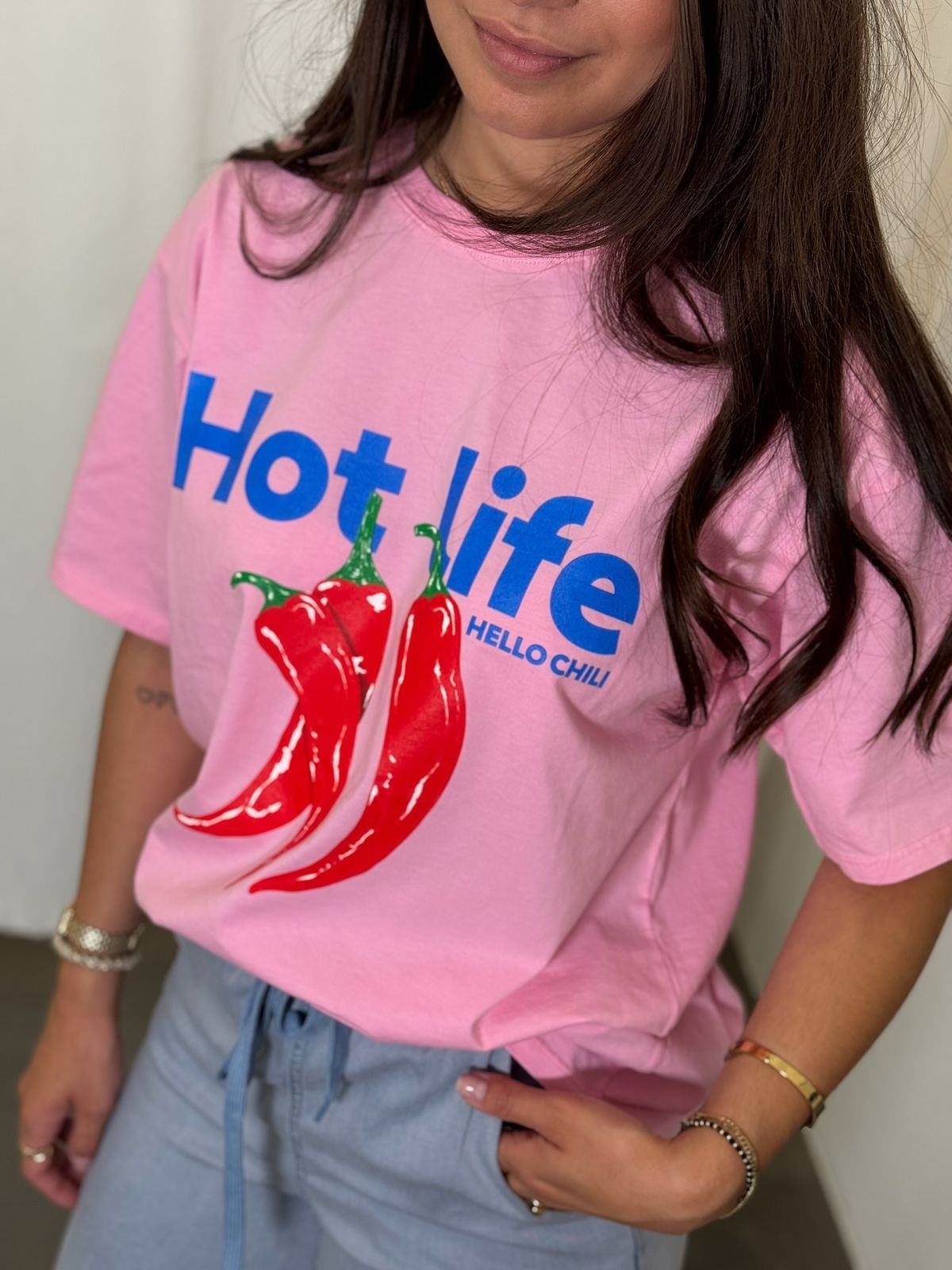
Beyond the Seam: Fashion as a Cultural Epic, Political Weapon, and Vision of the Future
Beyond the Seam: Fashion as a Cultural Epic, Political Weapon, and Vision of the Future
Fashion is not merely an aesthetic pursuit, a consumer trend, or a decorative habit of the modern age. It is a living, breathing, shape-shifting force—a narrative so deeply embedded in human consciousness that it transcends generations, borders, ideologies, and even language itself. Fashion is not only about clothing the body; it is about defining the self, constructing society, and imagining futures. From the handwoven robes of ancient shamans to the digital skins worn by avatars in the metaverse, fashion remains one of the most powerful and enduring tools of human expression. It is the thread that runs through time, uniting art and function, politics and intimacy, tradition and revolution. To speak of fashion is to speak of humanity in its most visible and symbolic form—our values, our anxieties, our beauty, our shame, our resistance, our transformation.
In the earliest epochs of human life, when survival depended on weathering the elements and evading predators, early humans still chose to decorate themselves. Bone necklaces, animal pelts, ochre pigments, and beads carved from ivory were not merely utilitarian. They signified roles within tribes, relationships to nature, and belief in the unseen. These primal expressions laid the foundation for everything that followed. What one wore, even then, was never just about survival—it was about meaning. In these gestures we see the origins of fashion as spiritual vocabulary, storytelling medium, and identity marker.
As human beings transitioned into agricultural societies, fashion took on new dimensions. The rise of settled civilizations like those of Sumer, Egypt, the Indus Valley, and the Yellow River brought about structured social hierarchies—and fashion became one of the most visible ways of communicating status. In Mesopotamia, woolen garments were dyed in elaborate hues and tailored to distinguish the priest from the peasant, the king from the servant. Egyptian linen, meticulously spun and bleached in the sun, flowed in pleated layers across the bodies of royalty, symbolizing divinity and cosmic order. Clothing became an extension of political theology: a sacred order woven into fiber.
In the vast expanse of India, fashion was profoundly philosophical. Long before the Western world spoke of form or silhouette, Indian culture used unstitched cloth as a metaphor for the universe. The sari, the dhoti, the turban—these were not mere garments but fluid embodiments of dharma, social roles, and cyclical time. Dyeing traditions such as bandhani and ikat were passed down through generations, each color carrying its own symbolic charge—red for marriage, yellow for spring, white for mourning, blue for divinity. Fashion in India was never fashion alone. It was ritual, meditation, and ancestral memory.
China’s dynastic history illustrates one of the most sophisticated and codified systems of clothing the world has ever seen. Under the Zhou, Han, Tang, Ming, and Qing dynasties, attire was strictly governed by laws that aligned social rank with cosmic balance. The emperor’s robes reflected celestial harmony, embroidered with dragons that had specific claw counts signifying imperial legitimacy. Silk was not just a luxury—it was a national treasure, its trade defining the vast Silk Road. Tailoring became a moral act, and the Confucian ideal of balance shaped how garments hung, how people moved, and even how colors were combined.
Meanwhile, the Greco-Roman world interpreted fashion through the lens of the ideal body and the rational mind. Greek fashion favored simplicity, using geometry and proportion to drape garments that accentuated the human form. The chiton and himation were as much philosophical statements as they were clothes. They suggested moderation, grace, and intellectual serenity. In Rome, the toga became a garment of law and statehood, worn by citizens to signify legal status, moral integrity, and national pride. Women’s clothing in Rome oscillated between modesty and visibility, revealing the tensions between patriarchal control and feminine agency.
Throughout the medieval period, fashion across Europe became both an emblem of feudal structure and an instrument of the Church. Kings and queens wore symbols of divine right, while clergy adorned themselves with elaborate vestments to demonstrate spiritual superiority. Sumptuary laws proliferated—clothing was so potent a social signal that it had to be regulated by law. No one below a certain rank could wear certain colors, fabrics, or cuts. Yet even within these strictures, fashion found ways to subvert power. The extravagance of noble courts inspired artisans to challenge old rules, creating garments that blurred class distinctions. Clothing was a battleground for identity and aspiration.
Outside of Europe, African fashion thrived with astonishing richness and innovation. Kente cloth in Ghana, with its vivid colors and intricate weaves, conveyed wisdom, status, and philosophy. The Yoruba of Nigeria developed adire, a resist-dyed textile art form that told stories through indigo and pattern. Across the continent, dress was a language of respect, resistance, and continuity. It was worn during rites of passage, preserved in oral traditions, and adapted to political change. Fashion in Africa was deeply tied to the land, to ancestry, and to storytelling.
The Islamic world offered its own complex vision of fashion, shaped by religious codes and an unparalleled devotion to craftsmanship. Modesty, a key principle in Islamic clothing, was never synonymous with dullness. On the contrary, Ottoman kaftans, Persian robes, and Andalusian tunics were masterpieces of elegance and geometry. Intricate embroidery, calligraphic motifs, and luxurious fabrics were woven into religious life, reflecting the idea that beauty is a path to the divine. Clothing covered the body not to erase it but to honor its sacredness.
With the Renaissance came a seismic shift in fashion’s purpose. The individual, newly awakened by humanist philosophy, emerged as the central figure of artistic and intellectual life. Fashion became a tool of self-creation. Portraiture immortalized style. Tailoring evolved to sculpt the human body, emphasizing waistlines, busts, and shoulders in alignment with aesthetic ideals. Clothing no longer just reflected society—it began to critique and reimagine it. Italy, France, and later the Netherlands became hubs of innovation where fashion fused with art, commerce, and literature.
This momentum continued into the early modern period. Versailles under Louis XIV institutionalized fashion as a tool of power. To appear in the king’s court meant constant change, opulence, and adherence to protocols. Clothing became surveillance. But beyond the palace walls, fashion was changing again. The Enlightenment sparked a desire for simplicity, rationality, and clarity. Tailoring became more subdued. The French Revolution radicalized dress. Out went aristocratic silks; in came the sans-culottes, the Phrygian cap, and military jackets. Fashion became revolutionary—it was no longer only the domain of the elite but a weapon of ideology.
The Industrial Revolution transformed the production and consumption of fashion forever. Mechanized looms, synthetic dyes, and factories replaced handmade textiles. The middle class gained access to previously unattainable styles. But this progress came at a cost. The rise of sweatshops, the exploitation of colonial labor, and the erosion of traditional artisanship cast a shadow on fashion’s future. In the colonies, Western clothing was imposed as a tool of cultural erasure. Yet resistance grew—hybrid garments emerged that fused Western silhouettes with indigenous textiles and symbols, creating a visual language of rebellion and survival.
In the 20th century, fashion became the cultural barometer of modernity. Each decade brought a radical shift. The 1920s introduced the liberated flapper; the 1940s, wartime utility; the 1950s, domestic idealism; the 1960s, rebellion; the 1970s, counterculture; the 1980s, excess; the 1990s, minimalism; and the 2000s, digital saturation. Fashion was no longer linear or hierarchical. Subcultures—from punks to goths to hip-hop heads—used style as defiance. Designers like Coco Chanel, Alexander McQueen, Yohji Yamamoto, and Jean-Paul Gaultier became philosophers, using the runway to explore gender, trauma, futurism, and nationalism.
Today, fashion stands at a crossroads. The internet has dismantled traditional gatekeepers. Social media influencers have the power once reserved for editors. Fast fashion dominates markets, offering instant gratification at the expense of the environment and human rights. The industry is one of the largest contributors to global waste and emissions. Yet at the same time, a renaissance of conscious design is unfolding. Slow fashion movements promote ethical production. Indigenous designers reclaim their narratives. Adaptive clothing empowers people with disabilities. Gender-neutral lines challenge binary thinking. And digital fashion, untethered from cloth, is opening entirely new worlds.
The rise of virtual garments—non-physical clothing created for online avatars—signals fashion’s entry into the post-material age. In these digital spaces, physics is optional, body norms are irrelevant, and expression becomes infinite. Meanwhile, sustainability has become the industry’s moral frontier. Circular design, biodegradable textiles, and transparent supply chains are not trends—they are necessities. Consumers are no longer passive. They demand accountability, inclusivity, and innovation. Fashion, once exclusive, is becoming collective.
What, then, is fashion’s destiny?
It is to remain what it has always been: a mirror, a map, and a possibility. Fashion maps our desires, reflects our contradictions, and imagines what the world could be. It holds up a mirror to empire and rebellion, gender and transformation, power and vulnerability. It is both armor and invitation. In every fold and fiber is a history of struggle and celebration, silence and voice. It reveals who we are and who we are becoming.
Fashion is not frivolous. It is sacred. It is dangerous. It is visionary.
And it will outlive us all
